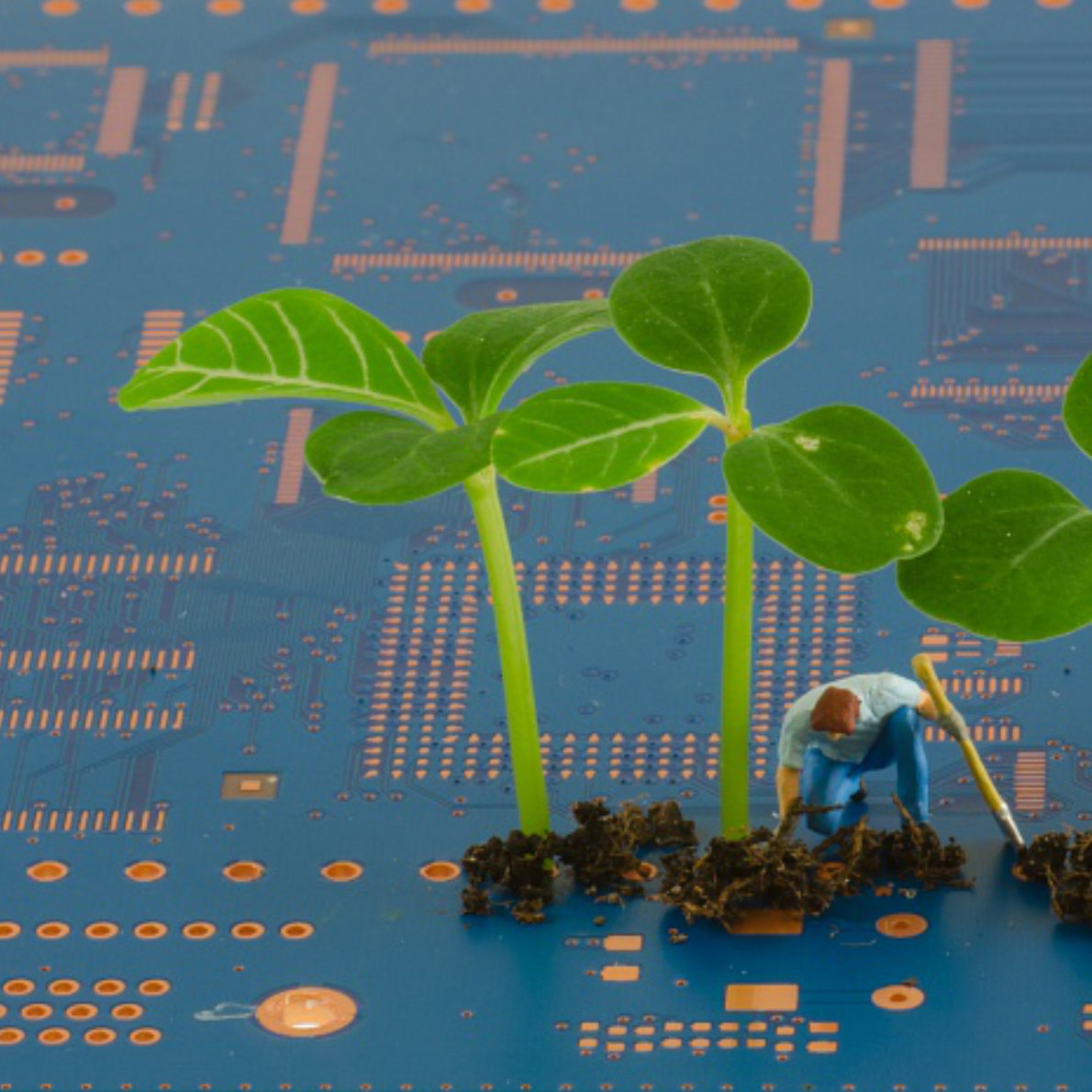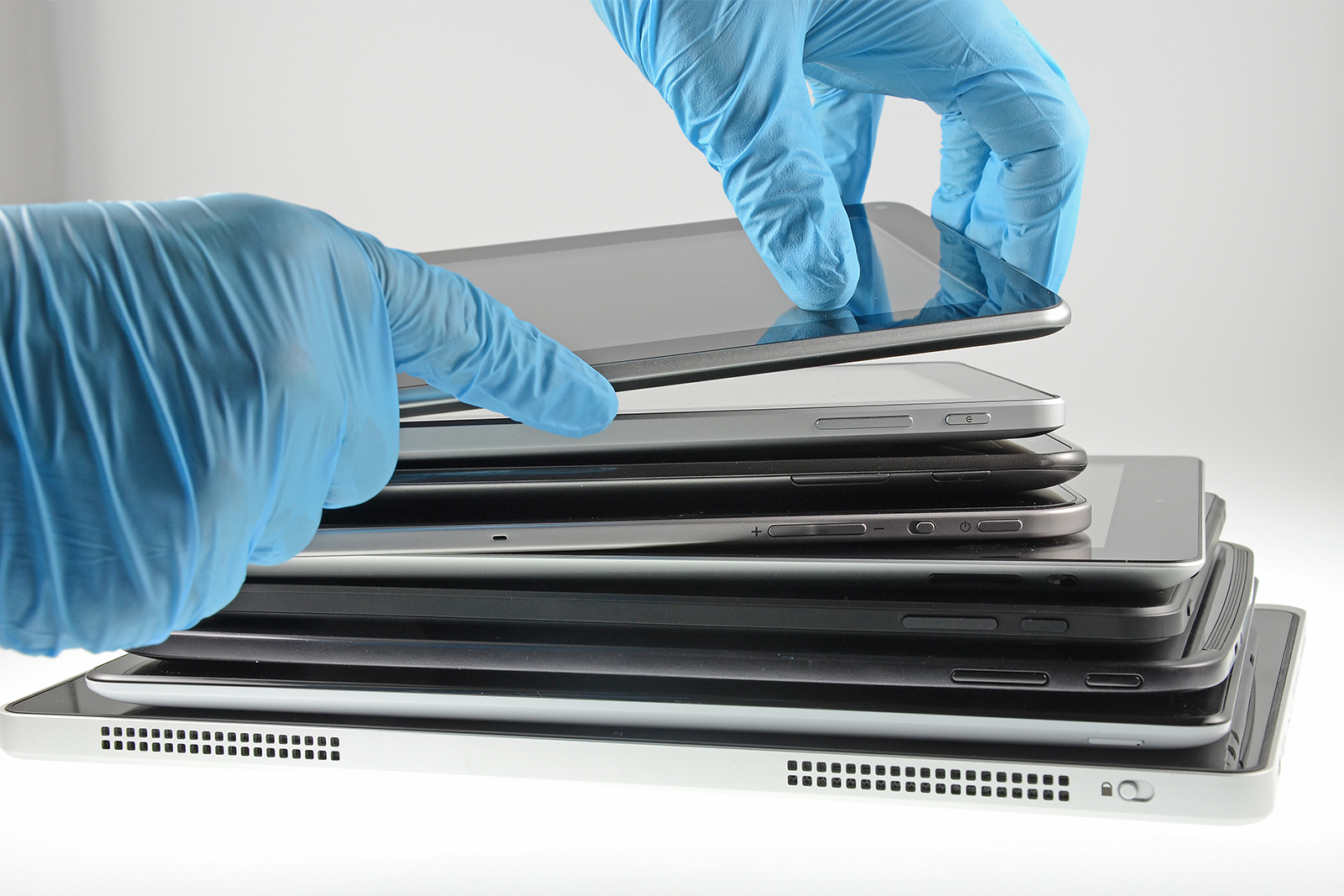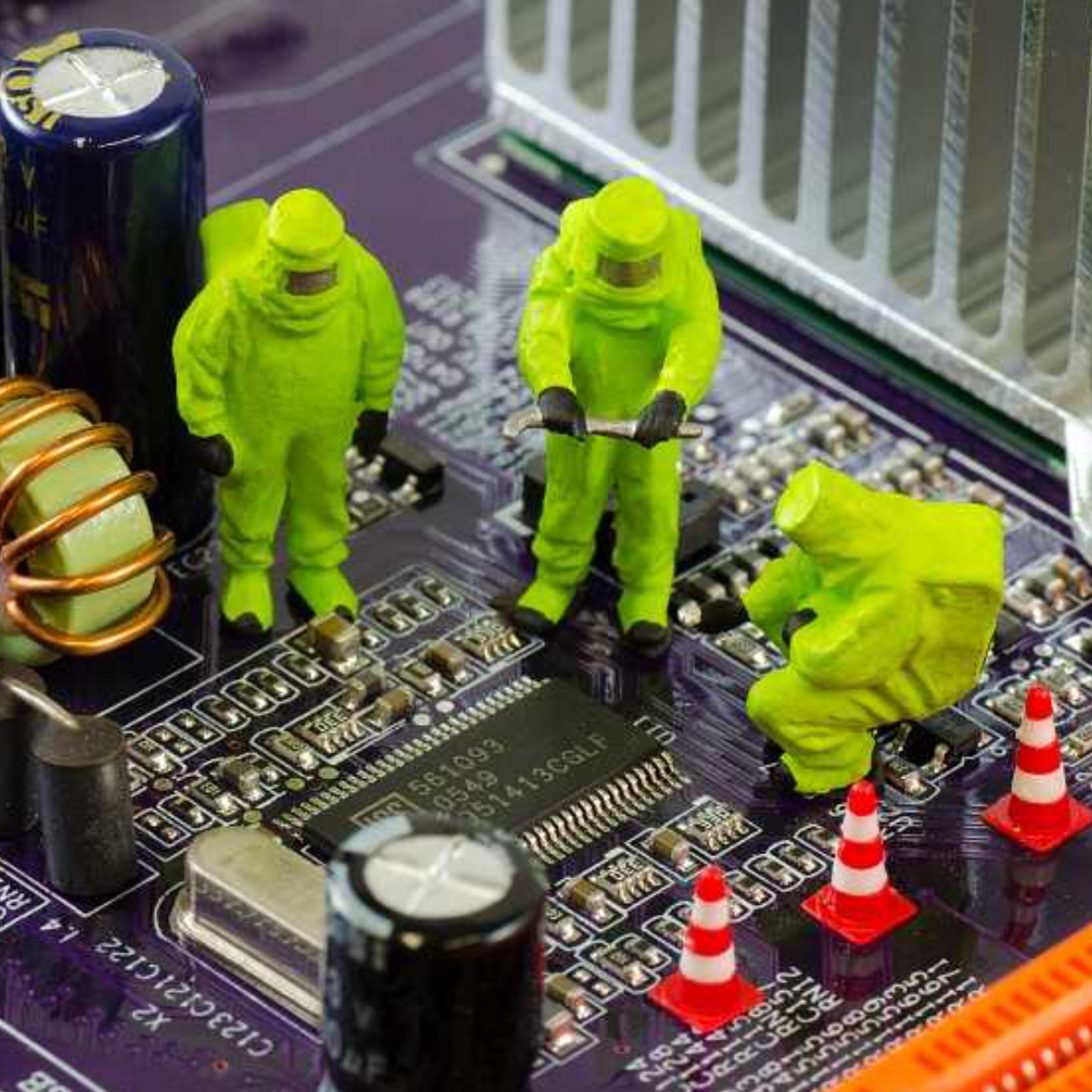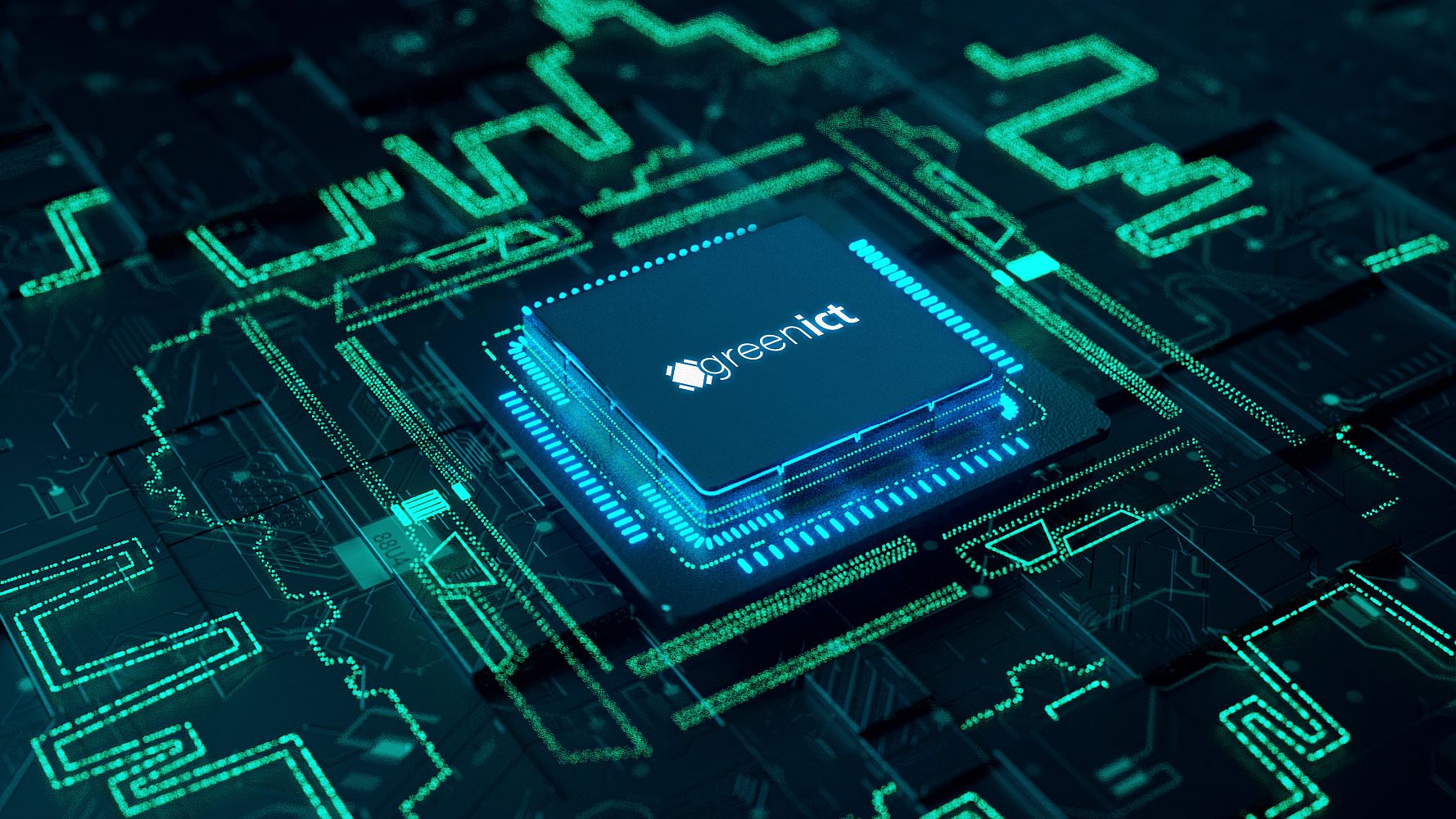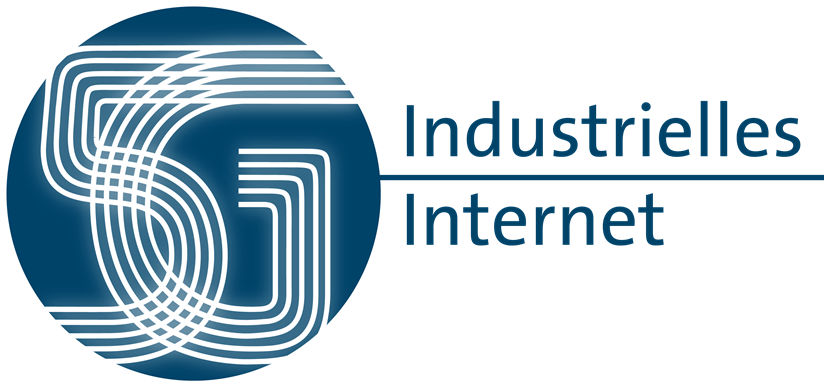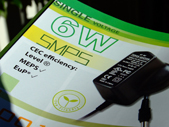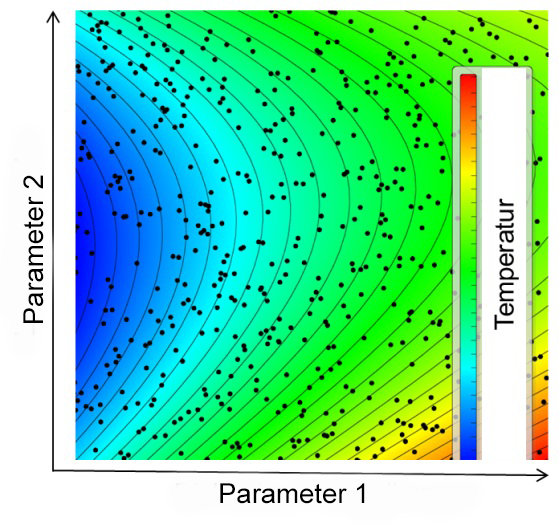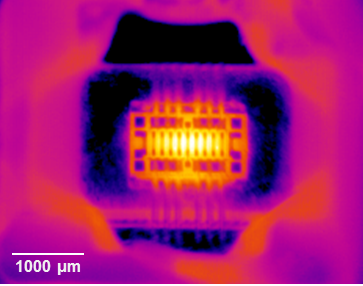The Sustainable Networks and Computing group is active in applied research into environmental assessments for com-mercial ICT (Green ICT) systems and their implications for eco-design. Its technical focus lies on the equipment used in telecommunication and data center hardware, with analyses conducted for mobile communications (antennas, radio and baseband), network coordination (switches, routers, or gateways), and wired data transmission technology (optical transponders and multiplexors). In the group’s services for data centers, assessments are conducted for server and data storage systems, including novel technologies like high-performance computing or artificial intelligence systems. Energy and resource efficiency questions are covered in the form of technical requirements concerning thermal man-agement, including waste heat recovery systems, as well as issues of modular and circular product design or product repair and refurbishment.
The unique technological and operational nature of commercial ICT systems means that any lifecycle assessments need considerable technical expertise and a sense for how the systems are constructed and how they work. The resulting inventory analyses are extremely complex. To turn them into meaningful lifecycle assessments, the group has invented the 5C method that includes a procedural model and applies the Pareto principle to the data involved: The method reduces the amount of data by carefully prioritizing the relevant design and component parameters. Compared to conventional product-centric approaches, performance parameters and a channel model are included in the scope to cover the relevant environmental conditions during use in the assessment. In the medium term, more attention will be paid to lifecycle assessments and product-specific data in the pursuit of a more circular economy, with digital product passports (DPPs) and digital twins already entering common parlance in the industry.
 Fraunhofer Institute for Reliability and Microintegration IZM
Fraunhofer Institute for Reliability and Microintegration IZM
